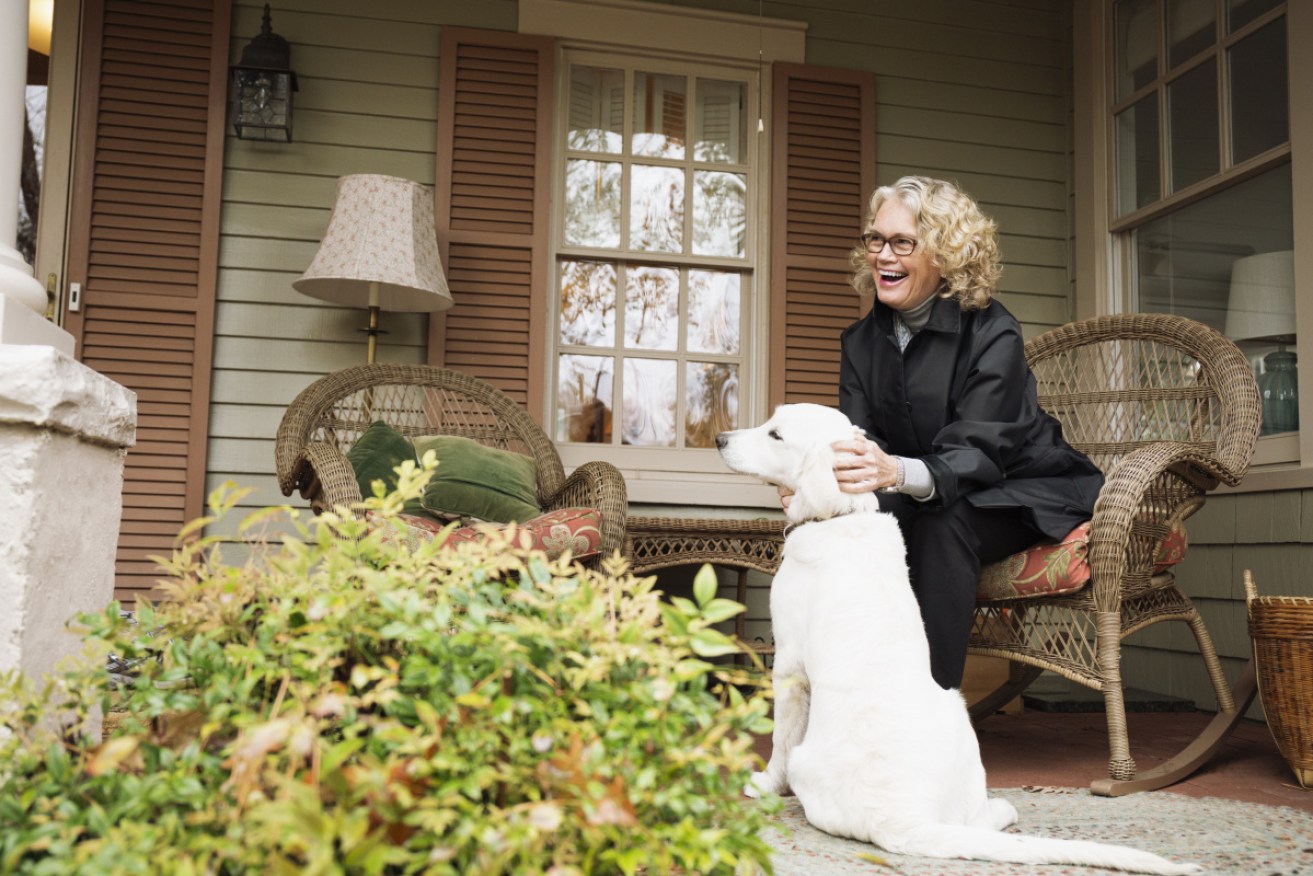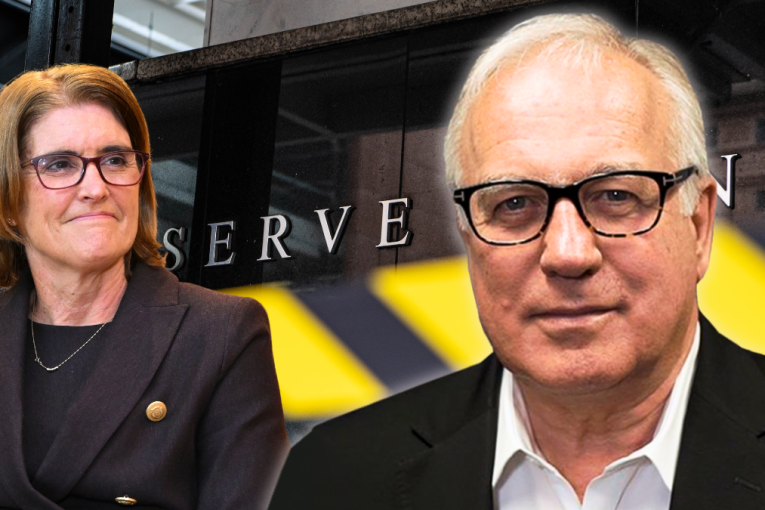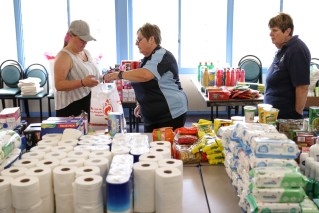How lump-sum contributions can help build your superannuation balance


Putting a little spare cash into super can have long-term benefits. Photo: Getty
For most people, contributing money into superannuation is something done by their employers.
Their payslips and growing super balances prove it is happening, but they never see the cash and the whole process is seen as one to ‘set and forget’.
But it doesn’t have to be that way. Making additional contributions can help give you a better lifestyle in retirement.
Steps Financial principal Antoinette Mullins said contributing a tax refund, a work bonus, or the proceeds of an asset sale into super was often a good idea.
Though she noted it would depend on your personal circumstances and that it often made more sense to pay off some debt.
“Whenever you get a little windfall, adding it to superannuation is a great way of enforced saving,” Ms Mullins said.
And the effects will be magnified over time.
“The tax on superannuation is only 15 per cent, so it’s going to earn you a lot of money over time.”
That 15 per cent tax rate relates to both earnings inside the fund and contributions going into it.
And the earnings tax is likely to be almost zero if you are invested in a growth or balanced fund that receives imputation credits from dividends from Australian shares.
Here are the different types of contributions available to you.
Concessional contributions
Concessional contributions allow you to write off contributions against your income or capital gains tax bill.
In these cases, your super contribution will be taxed at 15 per cent, so you will gain the difference between that and your marginal income tax rate as a benefit.
You can make up to $27,500 a year in concessional contributions until the age of 74. But this cap includes employer contributions.
On top of this, if your total super balance was less than $500,000 at the previous June 30, “you can utilise any unused cap back for the last three years,” Hewison Private Wealth adviser Chris Morcom said.
These are known as catch-up contributions, which you can learn more about here.
Non-concessional contributions
These are contributions that deliver no tax benefits but allow you to put money in super where it can grow in a low-tax environment.
“Keep in mind that there’s a maximum cap on non-concessional contributions of $1.7 million,” Mr Morcom said.
“So if you have more than that then you can’t contribute more.”
Non-concessional contributions have an annual limit of $110,000 or $330,000 for three years in advance.
If you are close to the cap, you need to ensure any contributions you make don’t push you over that limit.
The ATO will send you a letter and you may have to pay more tax if you do.
But there are two scenarios that allow you to contribute more to super without affecting your cap: Selling a business or downsizing your home.
Sale of a business
If you are a businessperson and sell your business the government allows you to contribute a good chunk of it to super.
To be eligible, you have to be either 55 or older and retiring or have owned and operated the business for 15 years.
Then you can sell it without paying capital gains tax – up to a CGT lifetime liability of $500,000 – without affecting your non-concessional $1.7 million balance cap.
If you are under 55 then you can sell and contribute the tax-free gain to super. But if you are older than this, you don’t have to put it all in super.
“A small business owner could put up to $1.565 million into super using that arrangement,” Mr Morcom said.
Downsizer contribution
This arrangement allows you to contribute the proceeds of the sale of a home to superannuation without affecting your cap.
You must have owned the home for at least 10 years and have lived in it. And the contribution is capped at $300,000 per person, meaning a couple can contribute $600,000 between them into their respective superannuation accounts.
“It’s an amazing opportunity if you’re currently over 65 to boost your super savings,” Ms Mullins said.
The minimum qualifying age threshold will drop to 60 next year, though the government has yet to legislate this change.
Although it is an attractive option for many, “you do need to consider other retirement options because you are most likely to miss out on Centrelink payments,” Ms Mullins said.
Because family homes are not counted in the pension assets test, if you sell, move to a smaller property and put the balance in super, you could reduce your pension entitlements.
This is because superannuation assets are included in the assets test – the cut-offs for which are detailed in the table above.
The New Daily is owned by Industry Super Holdings










